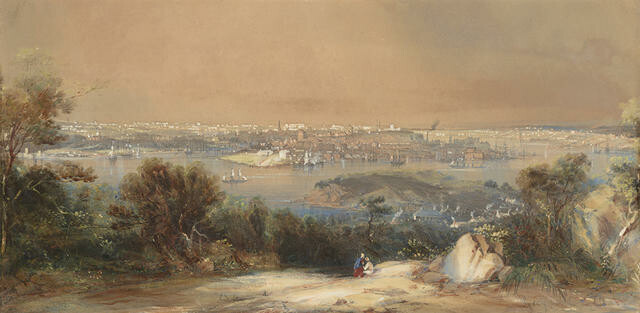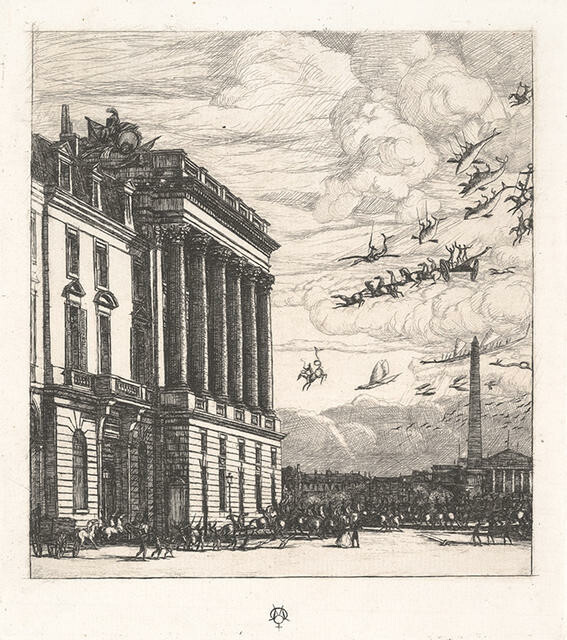Fiona Pardington
Aotearoa New Zealand, b.1961
Kāi Tahu,
Kāti Māmoe,
Ngāti Kahungunu,
Māori,
Clan Cameron,
Scottish
Portrait of a Life-cast, possibly of ‘Taha-tahala’ [possibly Takatahara], Aotearoa New Zealand
- 2010
- Pigment inks on Hahnemuhle Photo Rag
- Collection of Christchurch Art Gallery Te Puna o Waiwhetū, purchased 2010
- 1770 x 1400mm
- 2010/042
Tags: koru (pattern), life masks, Māori (culture or style), men (male humans), moko, people (agents), portraits, spirals (geometric figures), tattoos
Across her career, Fiona Pardington has a history of working with found objects. This portrait acts to reclaim an image believed to be of her ancestor, Takatahara from Te Pātaka o Rākaihautū / Banks Peninsula. The subject was introduced to the plaster-cast technique of naturalist and phrenologist Pierre Marie Alexandre Dumoutier at Ōtakou during one of his visits to Aotearoa in the early 1800s. Often mistaken for death masks, life-casts were in fact made with the subject’s participation. Takatahara was known as a robust toa (warrior) who fought in, and lived well past, the battle with Te Rauparaha at Ōnawe pā (fortified village).
(Te Wheke, 2020)
Exhibition History
Kā Honoka, 18 December 2015 – 28 August 2016
The explorer Dumont d’Urville made three visits to New Zealand in 1824, 1827 and 1840. He returned to France from his last Pacific survey carrying a collection of fifty-one plaster life-casts made by the on-board phrenologist and naturalist Pierre-Marie Alexandre Dumoutier of people met in locations including Papua New Guinea, Samoa, Solomon Islands, Timor, Tasmania and New Zealand. Dumoutier put the assembled cast likenesses on display at his personal museum in Paris.
Ngāi Tahu artist Fiona Pardington travelled to the Musée de l’Homme in Paris in 2010 to powerfully reclaim and transform the life-casts into moving portraits through her photographic art. Takatahara (or Tangatahara), one of her own relatives, was a chiefly tupuna (ancestor) of Horomaka (Banks Peninsula) and a noted defender of Ngāi Tahu during the Ngāti Toa chief Te Rauparaha’s devastating South Island raids.
French explorer Dumont d’Urville (1790-1842) visited New Zealand in 1824, 1827 and 1840; an early purpose was to determine its suitability as a penal colony. Although such ideas ended in 1840 with the signing of a Treaty between Māori and the British Crown, d’Urville’s last Pacific tour achieved other aims. This included returning to France with 51 plaster life-casts made by onboard phrenologist Pierre-Marie Alexandre Dumoutier of people they had encountered, in locations including Tasmania, Solomon Islands, Timor, Papua New Guinea, Samoa and New Zealand.
The photographic medium has allowed these singular likenesses to be respectfully reclaimed – extracted from the storerooms of the Musée de l’Homme in Paris.
This photograph is of a life-cast of the Ngāi Tahu chief Takatahara of Horomaka (Banks Peninsula). Takatahara was a noted defender of Ngāi Tahu during the Ngāti Toa chief Te Rauparaha’s South Island raids; he is also one of photographer Fiona Pardington’s own relatives.
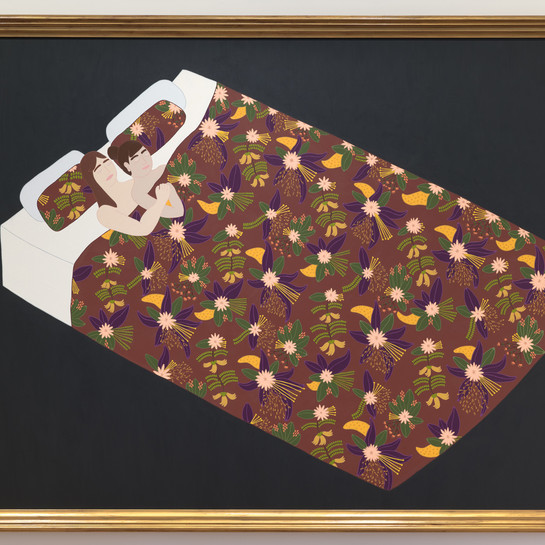
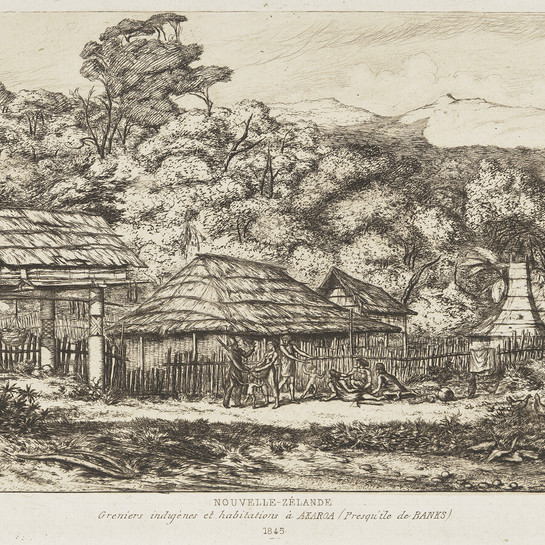


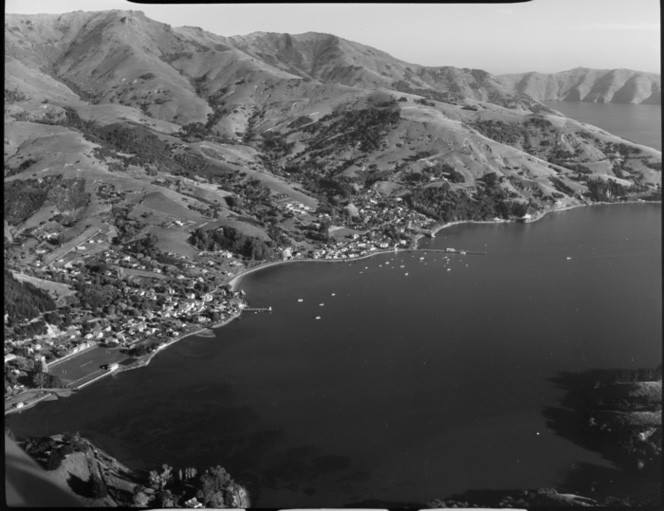


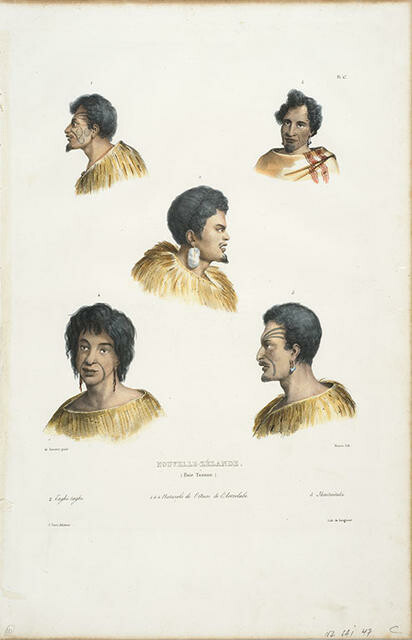
![Nouvelle-Zélande - coffre en bois sculpté [Plate 59]](/media/cache/74/c2/74c2c0a963376af9e77d5765ca8842be.jpg)

